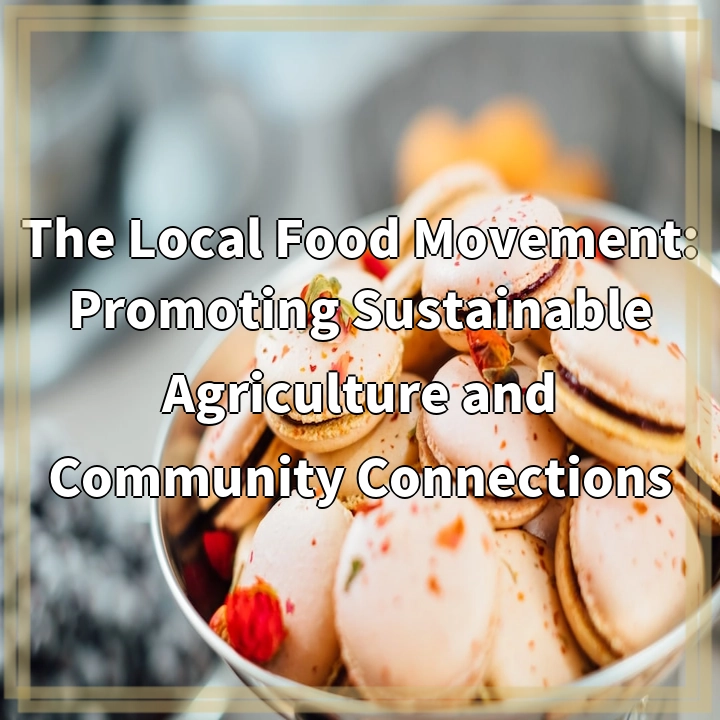Physical Address
304 North Cardinal St.
Dorchester Center, MA 02124
Physical Address
304 North Cardinal St.
Dorchester Center, MA 02124

The Local Food Movement is a global initiative that emphasizes the importance of consuming locally produced food. It promotes sustainable agriculture practices, reduces dependency on industrialized farming, and encourages consumers to connect with their local food systems.
While the Local Food Movement has gained momentum and brought positive changes, it faces challenges and criticisms. Some of the real-world problems include:
Locally produced food is often more expensive than mass-produced, imported alternatives. This can make it less accessible to low-income individuals and communities. Limited access to diverse local food options also affects the availability of fresh and healthy produce in certain regions.
As the demand for locally sourced products increases, local farmers and producers struggle to scale up their operations. This requires additional infrastructure, equipment, and resources, which can be financially burdensome. Balancing demand and sustainable practices is a delicate process.
Despite the growing popularity of the Local Food Movement, there is a need for greater education and awareness among consumers. Many people do not fully understand the benefits of local food or the negative impacts of the conventional food system. Ongoing education and outreach efforts are crucial to foster understanding and support for sustainable, locally sourced food.
The logistics of getting local food from the farm to the consumer pose challenges. Small-scale farmers often lack the infrastructure and distribution networks of larger, industrialized systems. This results in difficulties reaching a wider market or supplying consistent quantities of produce. Developing efficient and sustainable distribution systems is crucial for the success of the Local Food Movement.
To address these problems, solutions can be implemented:
Measures can be taken to make local food more accessible to low-income individuals and communities. Government programs can provide financial support to local farmers. Creating community gardens and urban farming initiatives in underserved areas can increase availability. Supporting farmers’ markets and food cooperatives that offer affordable options is also important. Educating consumers about the long-term benefits of local food can shift spending habits towards supporting local producers.
Local farmers and producers can be assisted in scaling up their operations. Offering financial assistance, technical expertise, and guidance on sustainable farming practices can help. Collaborative initiatives between larger-scale farmers and smaller producers can bridge the gap in meeting demand while maintaining sustainable practices.
Increasing education and awareness about the benefits of local food is vital. Public campaigns, school programs, workshops, and community events can contribute to this. By showcasing the environmental, health, and economic advantages of supporting local food systems, individuals can make more informed choices and become active supporters of the movement.
Improving the logistics and distribution of local food requires collaborative efforts. Establishing local food hubs or distribution centers can connect producers with consumers. Creating online platforms for direct sales and implementing innovative transportation and delivery solutions are also important. Building partnerships between producers and restaurants, schools, and other institutions can enhance the market reach and availability of local food.
By implementing these solutions, the Local Food Movement can overcome its real-world problems and continue to flourish. Collective efforts and collaboration can achieve a more sustainable and resilient food system, benefiting communities, local economies, and the environment.
If you’re wondering where the article came from!
#